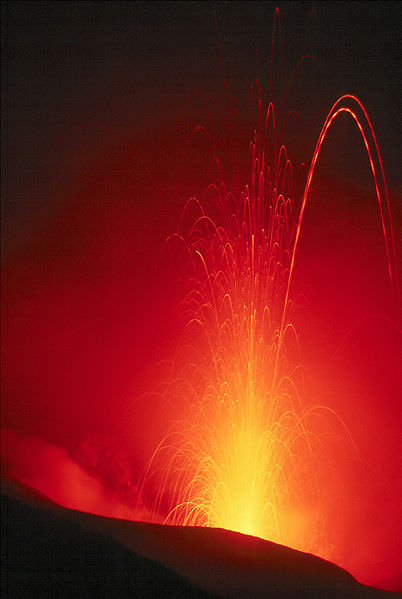Geologists classify volcanoes into three distinct groups: dormant, extinct and active volcanoes. Dormant volcanoes haven’t erupted in a long time, but they could again; extinct volcanoes have erupted for thousands of years and might be dead. Active volcanoes, on the other hand, erupted recently, and they’re probably going to erupt again soon.
There are approximately 500 active volcanoes in the world today, not including those underneath the oceans. In fact, as you read these words, there are probably 20 volcanoes erupting right now. Between 50-70 volcanoes are erupting every year, 160 have erupted in the last decade. And there are about 550 that have erupted since the beginning of recorded history.
The definition of an active volcano is difficult to pin down, since single volcanoes can have networks of volcanic vents across their flanks. And Iceland, there can be eruptions along volcanic fields hundreds of kilometers long. At Mexico’s Michoacan-Guanajuanto field, there are 1,400 cinder cones, maars and shield volcanoes coming from a single magma chamber.
And these are just the volcanoes on land. Scientists estimate that 3/4 of the lava that reaches the Earth’s surface happens underwater at the submarine midocean ridges.
So when does a volcano become dormant or extinct? A volcano is active if it’s currently erupting or showing signs of unrest. The Smithsonian Global Volcanism Program defines an active volcano as having erupted within the last 10,000 years. A volcano finally goes extinct when there’s no lava supply in the magma chamber beneath the volcano.
We have written many articles about volcanoes for Universe Today. Here’s an article about dormant volcanoes, and here’s an article about extinct volcanoes.
Want more resources on the Earth? Here’s a link to NASA’s Human Spaceflight page, and here’s NASA’s Visible Earth.
We have also recorded an episode of Astronomy Cast about Earth, as part of our tour through the Solar System – Episode 51: Earth.


